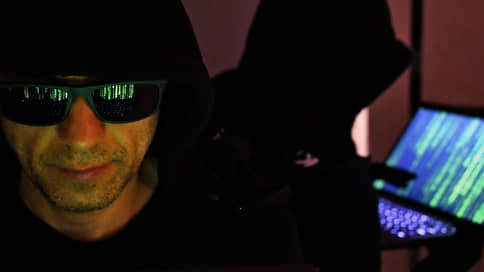Damage to companies from non-working sites increased by a third, to 20 million rubles. in year
[ad_1]

The costs of Russian business from cyber attacks increased by a third, reaching an average of 20 million rubles. in year. In the case of a large online retailer, losses from site downtime can reach billions of rubles, analysts specify. Experts attribute the trend to the growth of “sophisticated hacker attacks aimed at destabilizing companies.” They note that for large organizations, the amount of damage becomes comparable to the cost of cybersecurity.
According to RTK-Solar (part of Rostelecom and engaged in cybersecurity), in the first half of the year, the average damage to companies from the actions of hackers increased by a third, to about 20 million rubles. on an annualized basis. This information, specified in the company, is received on the basis of interrogation of 300 representatives of large business and a public sector. In RTK-Solar, the dynamics is explained by the growth of “multi-vector attacks” and their “destructive impact on business processes.”
For example, the damage from a ransomware attack on a bank with a staff of up to 2.5 thousand employees is about 10 million rubles, but given that such attacks occur on average three times a year, the losses are equivalent to 30 million rubles. RTK-Solar. At the same time, the company clarifies, the lost profit of a large online retailer from a successful web attack that resulted in a downtime of the site can reach billions of rubles.
The Association of Internet Trade Companies (AKIT) agrees with the assessment. They say that “DDoS attacks have not actually stopped since the beginning of the special operation.” Magnit, X5 Group (Pyaterochka, Perekrestok, Karusel) and Ozon declined to comment, while Sberbank, VTB and Tinkoff Bank did not respond. Among the most serious incidents, respondents name the theft of funds, control of network equipment, compromise or infection of networks, attacks through a contractor and disruption of the site and applications, said Darya Koshkina, head of cyber threat analytics at RTK-Solar.
In general, in the second quarter, the number of online cyber attacks on Russian companies grew by 40% year-on-year; in June, for example, the resources of Auchan and Tvoy Dom stores were attacked (see Kommersant on June 6). Logistics companies and organizations of the agro-industrial complex are being attacked by hackers (see Kommersant of July 8).
An increase in the number of attacks leads to an increase in the number of successful incidents for hackers and, consequently, business downtime, says Rustem Khairetdinov, Deputy General Director of Garda Technology: “Retailers have downtime in proportion to losses: people who do not get to the site will buy from others.” Banks’ losses are more difficult to assess, he adds, primarily in terms of commissions from failed transactions.
Meanwhile, many companies this year have additionally increased their dependence on IT, switched to a digital format of work and interaction with users – this increases the so-called attack surface, adds Konstantin Beltsov, an expert in the practice of cybersecurity at Trust Technologies (formerly the Russian division of PwC).
Businesses have also faced more complex cyberattacks, such as those associated with ransomware, as a result of which the direct damage from stopping business processes increases, as well as the time and cost of responding to incidents, explains Sergey Golovanov, chief expert at Kaspersky Lab. He also talks about the growth of salaries of specialized specialists.
The amount of damage depends on the degree of impact of the compromised system on the business, adds Andrey Dugin, head of the MTS RED cybersecurity services center: Previously, the costs were much lower.
[ad_2]
Source link





